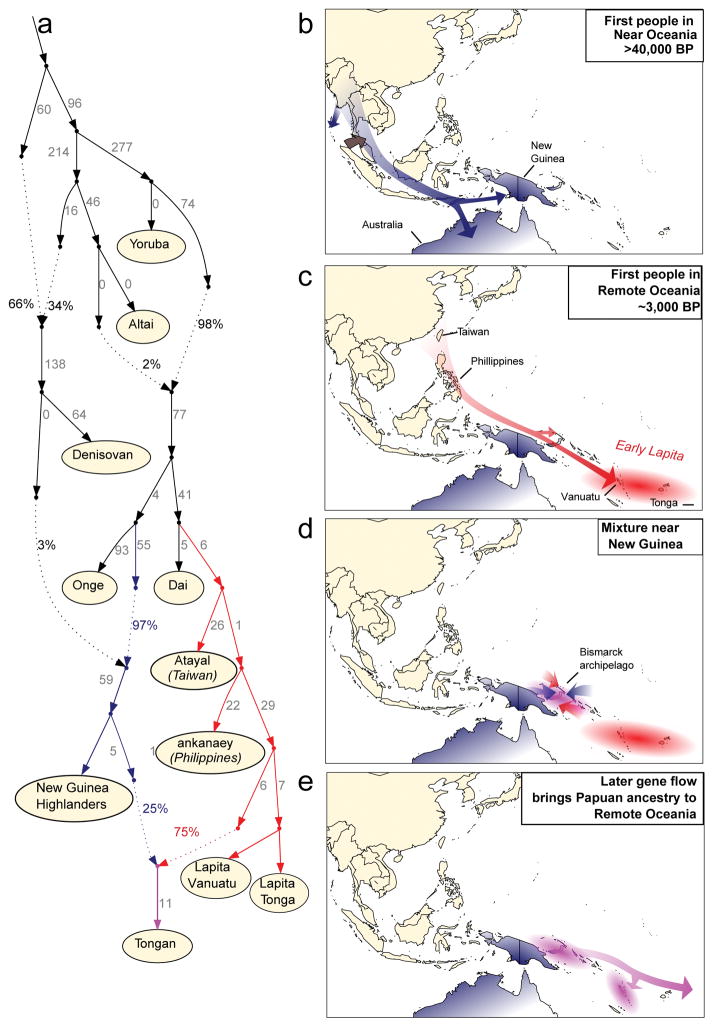Figure 3. A model of population history.
a, A model of population relationships incorporating admixture that fits the allele frequency patterns (all empirical f-statistics within 3 standard errors of expectation). Branch lengths are shown in units of FST × 1000. b, A model of population movements more than 40,000 years ago in which modern humans arrived in the Australia-New Guinea region (blue shading) and mixed with archaic Denisovans (brown shading). c, A model of events prior 3,000 years ago, in which the First Remote Oceanian population formed by spread of a population of ultimate East Asian origin to a region including Vanuatu and Tonga, and experienced little or no mixture with the Papuans they encountered along their journey (red shading). Note that geographic routes are speculative. d, A model of populations of mixed Papuan-First Remote Oceanian ancestry in Near Oceania after 3,000 years ago in a patchwork of islands with different proportions of First Remote Oceanian ancestry (pink shading). e, A model of secondary expansion of admixed populations bringing Papuan ancestry into Remote Oceania, which was still not complete in Tonga by the date of the Talasiu individual at 2680-2340 BP.

